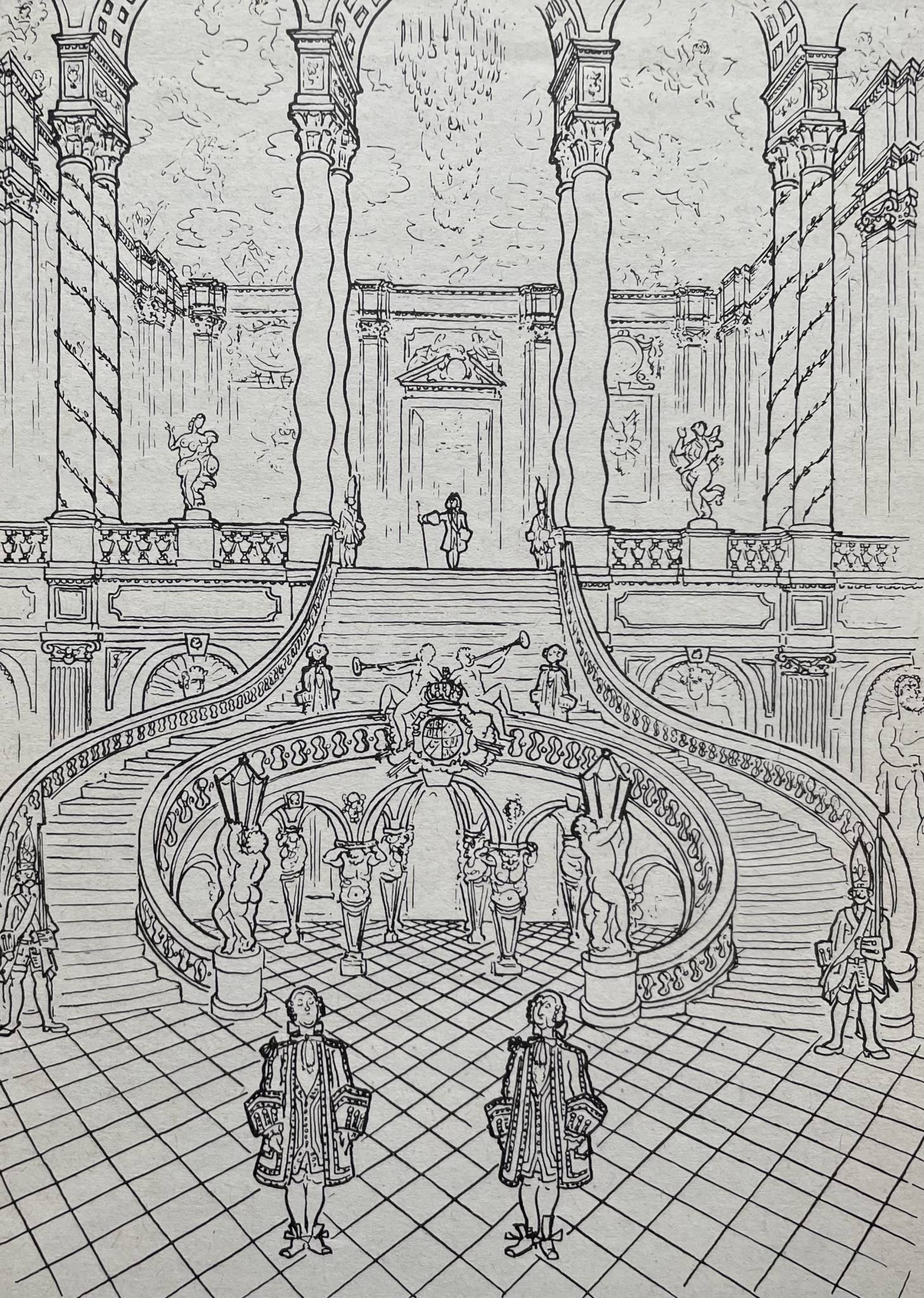
‘FROM LOOKING TO SEEING’: the language of architectural classicism’ with Dr Edward McParland
Wed 15 May 2024
18:00
In this lecture, Eddie McParland will discuss his recent book, The language of architectural classicism: from looking to seeing.
The purpose of book and lecture, is to draw attention to the everyday classicism that characterises our surroundings, and to draw attention to the way it works in the hands (and minds) of architects. We can all appreciate the classicism of Castletown; but the Ionic orders on Clery’s in O’Connell Street in Dublin are also there to be seen and enjoyed.
The lecture is in three parts. One looks at the way in which bodies (not always human) are sometimes a substitute for the classical orders – Doric, Ionic or Corinthian. This rarely happens in Ireland, but over the centuries dwarfs (in California), tigers (in 16th-century France), skeletons (in Turin) have joined the more conventional maidens (of 5th century B.C. Athens) in supporting heavy loads of cornice and pediment.
The lecture will also look at the rôle of walls in classicism. Sometimes the wall is merely passive, there to accept decoration or the application of columns, pilasters, and window and door surrounds. But it can be active too: minatory and even sadistic for prisons, defensive for barracks, playful in Lutyens. The relationship of wall to column at its most extreme is probably seen best in Michelangelo.
The difference between looking and seeing is probably at its clearest in a consideration of the architectural backgrounds of paintings, particularly those of 15th-century Italy, with which the lecture ends

General Info
Venue / Location
City Assembly House More Info
58 South William Street
Dublin
D02 X751
view map